In a busy kitchen, it’s easy to lose track of how much food gets tossed out. A few forgotten tomatoes here, a burned batch of arroz there, and before you know it, the trash can is fuller than your tip jar. But food waste isn’t just bad for your budget, it also hurts the environment. Whether you run a taquería, a fine dining spot, or a food truck, here are some easy strategies to help you run a greener, smarter kitchen.
Step 1: Understand Where Waste Happens
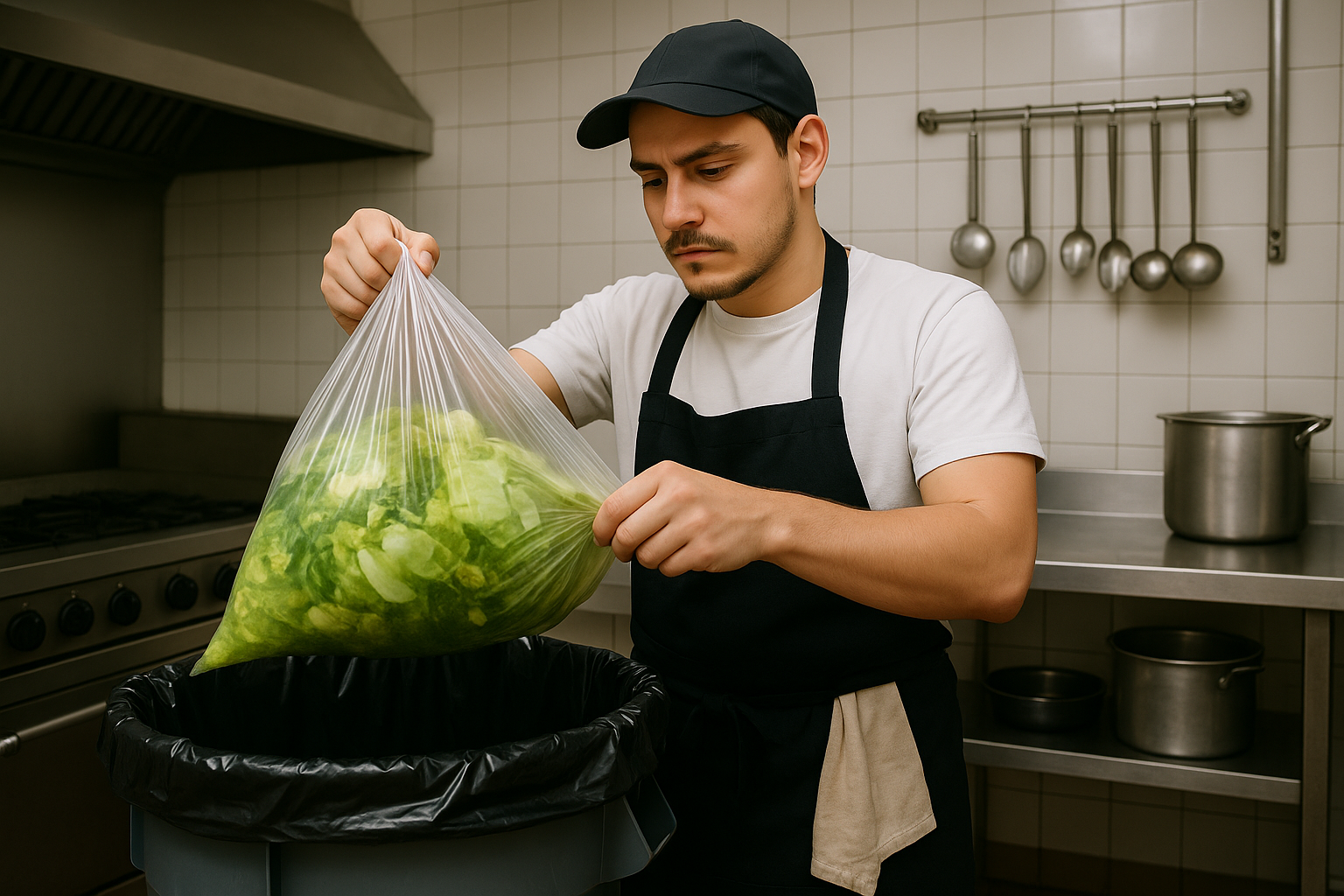
Step 2: Improve Inventory Practices

Step 3: Rethink Your Menu
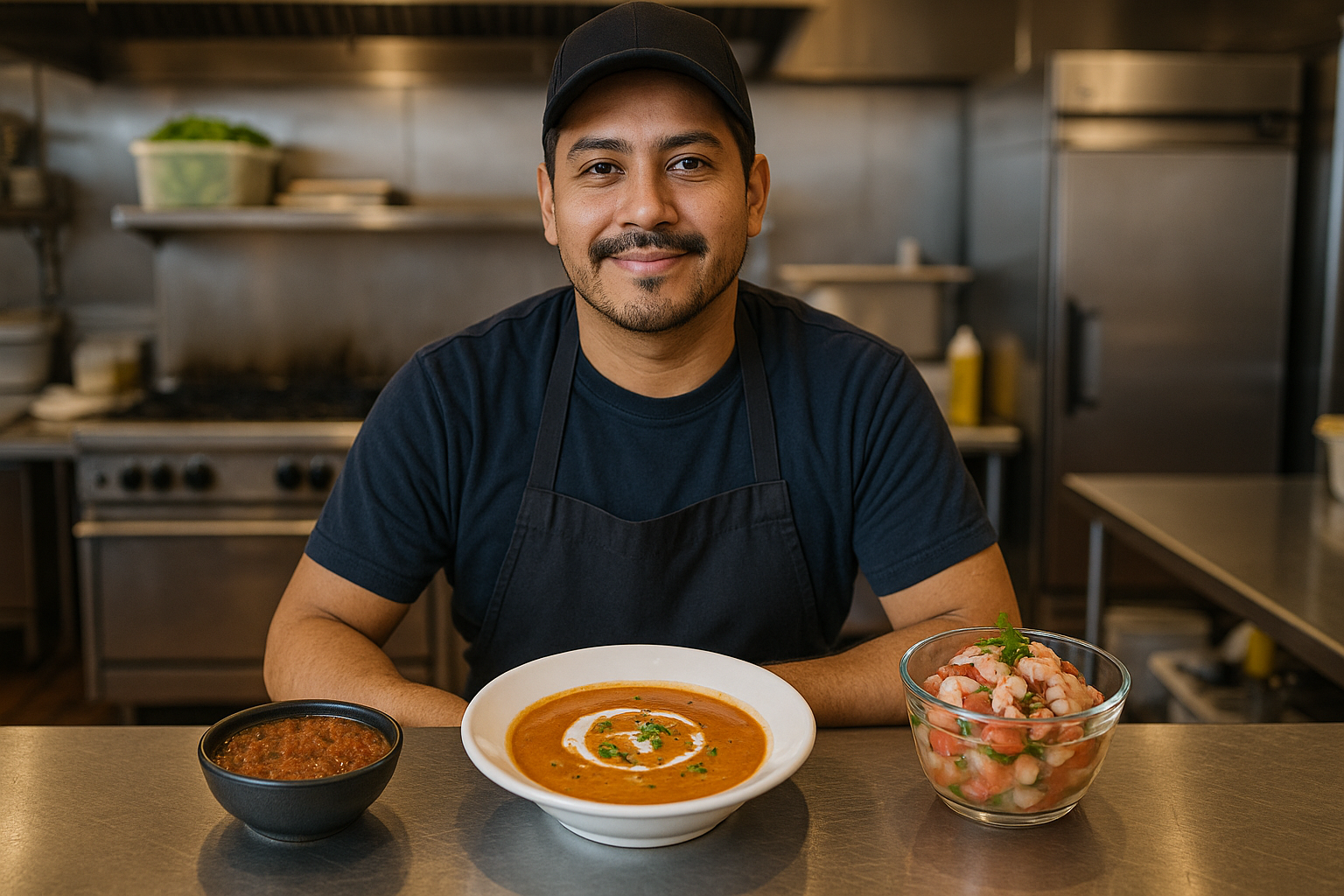
Step 4: Train Your Team
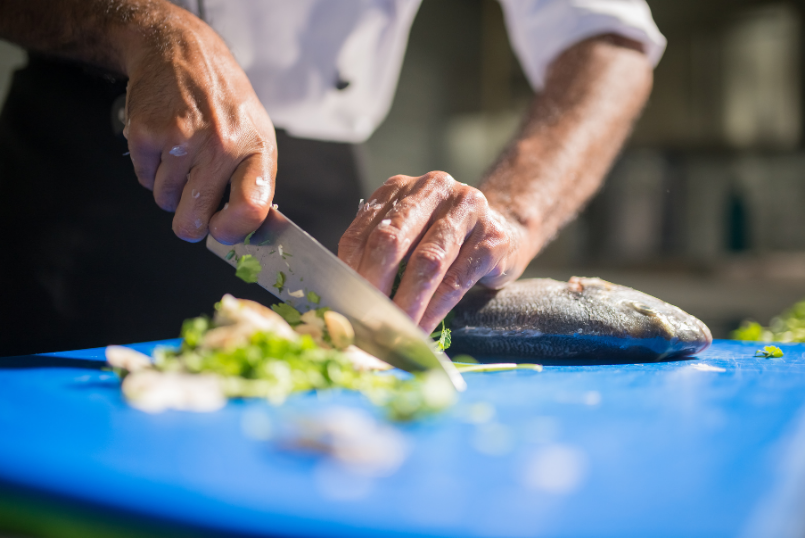
Step 5: Engage your Guests
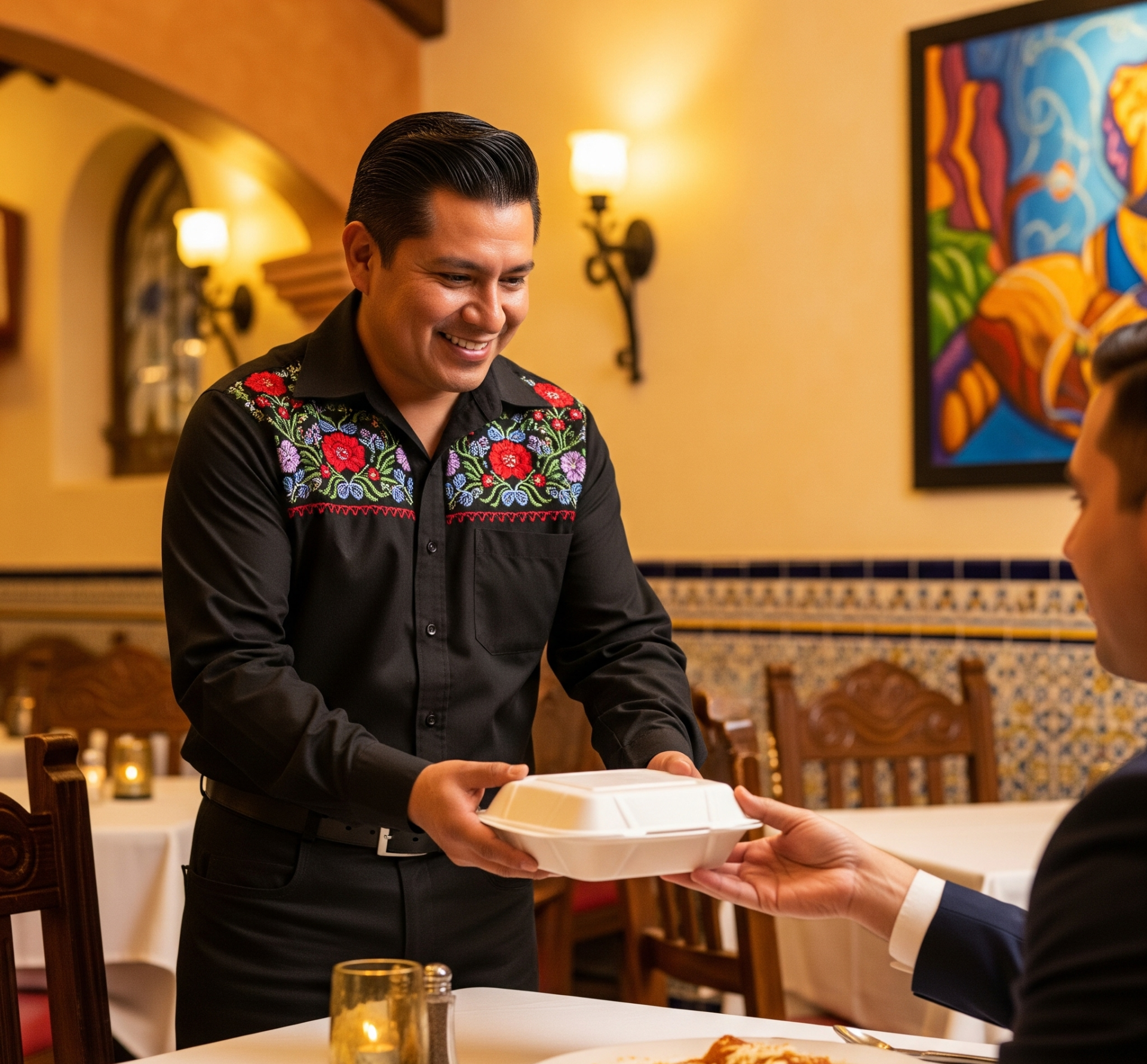
Step 6: Repurpose, Not Just Reheat
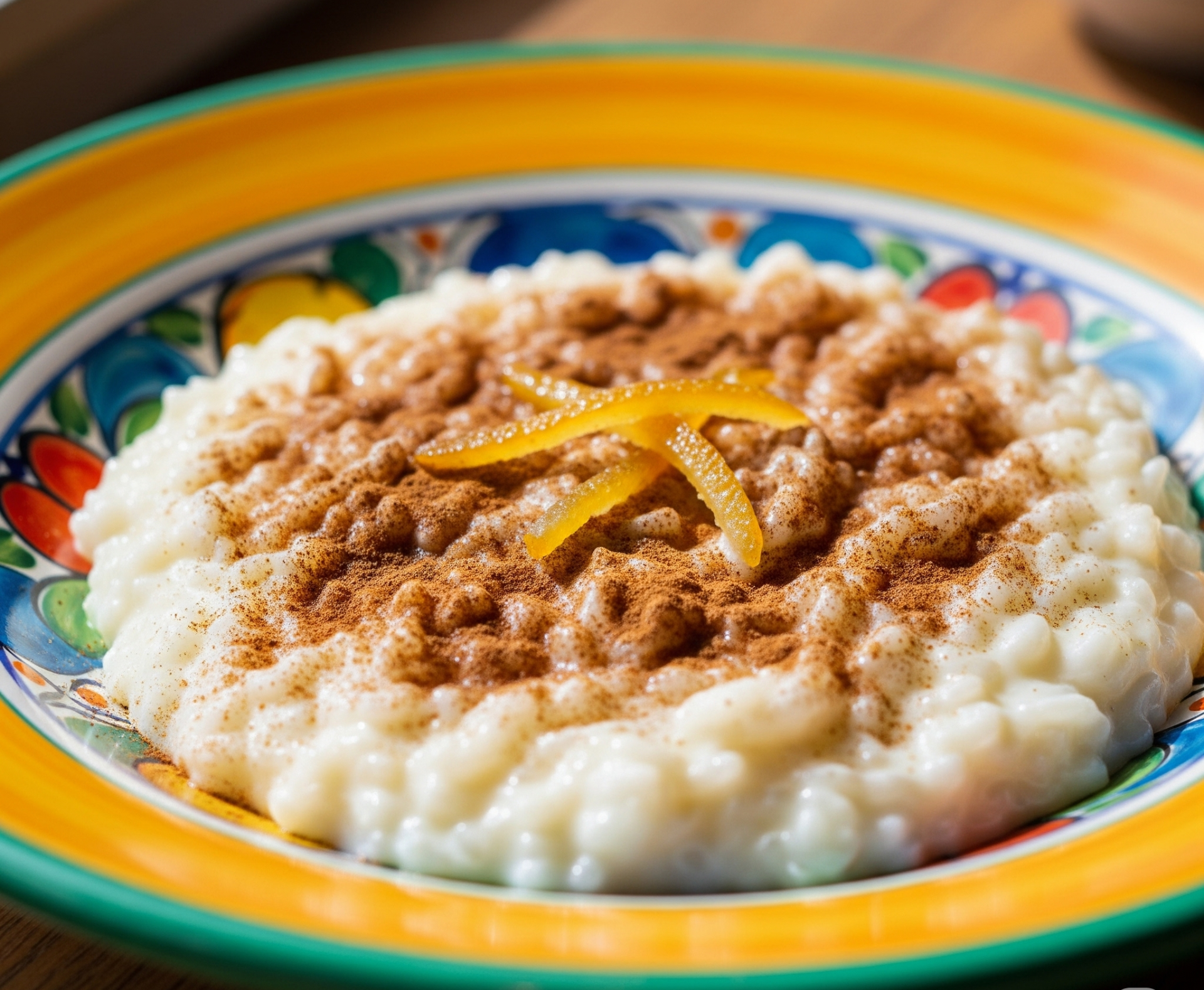
Making less food waste isn’t about being perfect—it’s about moving in a positive direction. Every small step counts: a cleaner cooler, a smarter menu, a wiser staff. And when your kitchen operates lean and smart, your bottom line and your comunidad thrive.
No más desperdicio—just the best food in town y el sabor que te caracteriza.
No más desperdicio—just the best food in town y el sabor que te caracteriza.

